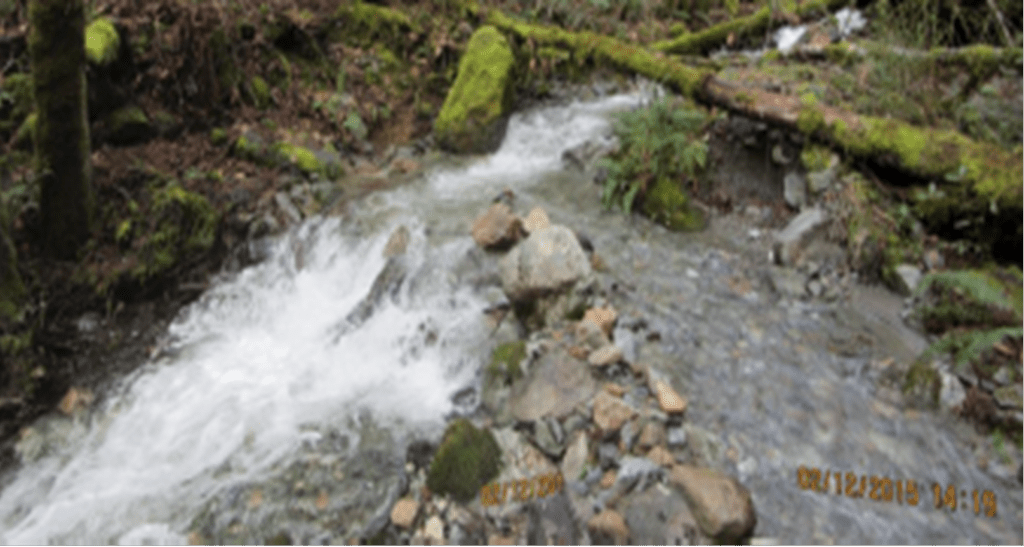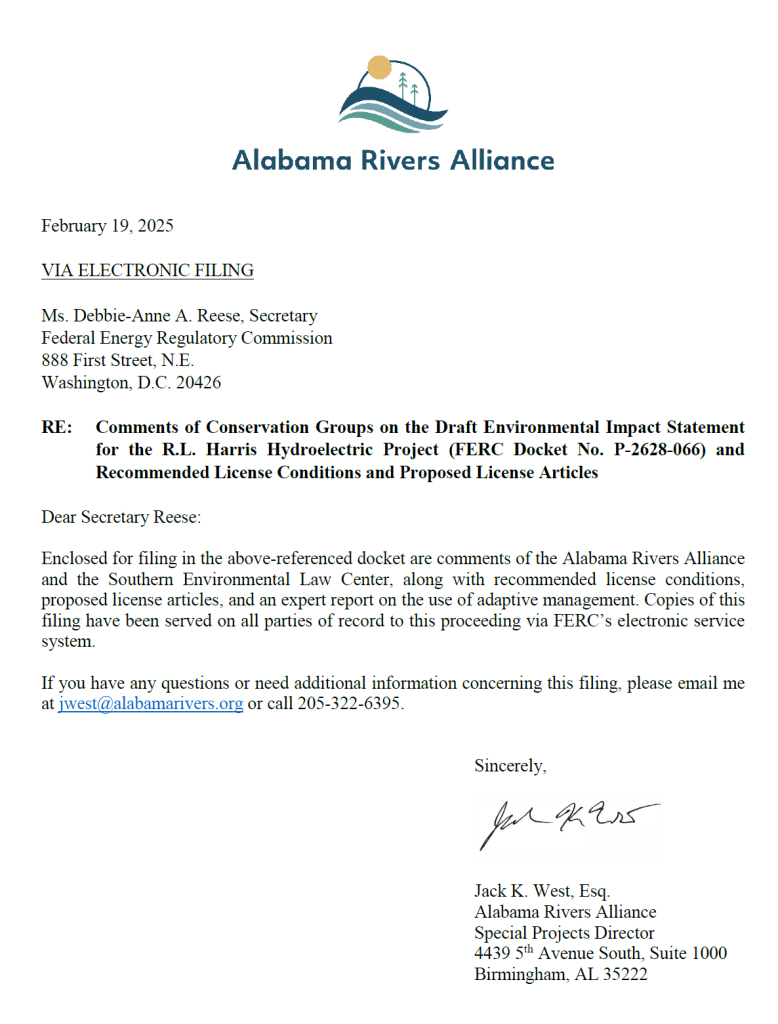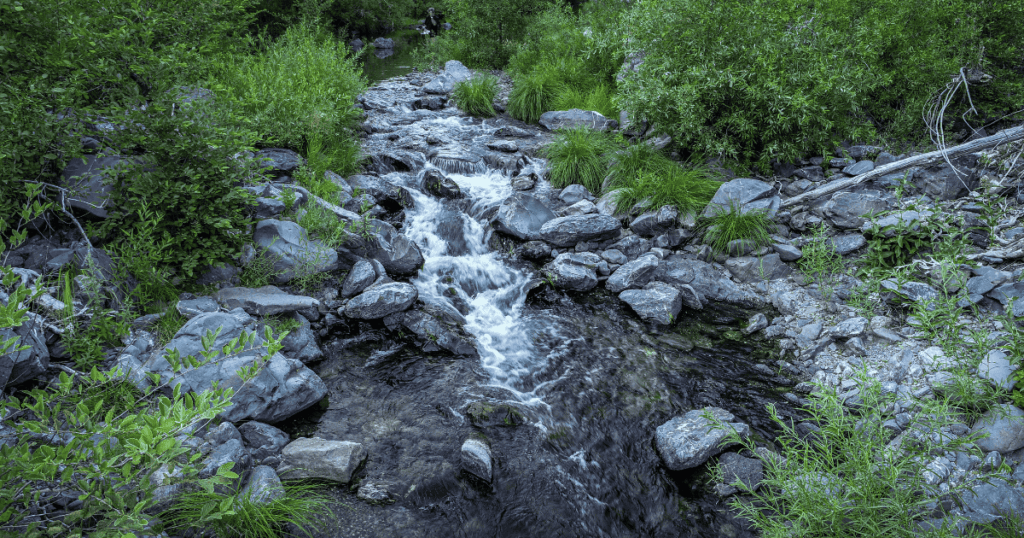Whether it is in response to the environmental crisis of climate change or our overreliance on imported fuels, it is clear that America needs to act quickly to replace fossil fuel energy technologies with renewable energy. It is equally imperative, however, that we do not destroy the environment we are trying to save by blindly rushing to develop low-emissions energy sources that will result in serious environmental harm. We will not solve our energy problems by building new dams – especially inefficient low-power dams where the energy benefits fail to outweigh the environmental impacts – but we will cause irreparable harm to our rivers. However, we continue to see interest in building ‘small’ dams to produce small amout of power, especially in the Northwestern United states.
Even Small Dams Hurt Rivers
While there is no standard definition for what constitutes “small” hydropower, it usually refers to the dam’s nameplate generating capacity and not to the size or environmental footprint of the dam or reservoir. The generating capacity of a dam project has very little to do with its environmental footprint. A dam is a dam regardless of its size or nameplace capacity. All dams disrupt flows, degrade water quality, block the movement of a river’s vital nutrients and sediment, destroy fish and wildlife habitat, impede migration of fish and other aquatic species, and eliminate recreational opportunities.
We like to refer these “small” hydropower dams as low-power dams. These dams produce substantially less power for the harm they can cause. Such facilities rarely, if ever, generate at their full nameplate capacity. Hydropower dams are typically capable of an output that is only 40-50% of their stated nameplate capacity. The output of low-power hydropower dams is even further constrained by seasonal water availability.
Thus, it is imperative that we do not build new dams in the name of small hydro.
Read our Low Power, Big Problems fact sheet to learn more about small hydropower.
Small Hydropower and Renewable Energy Standards
Various states have varying definitions of small hydropower. Some states even treat small hydropower under a certain nameplate capacity as being renewable and thus provide incentives.
The Coalition believes that generation capacity of a project is not a good criteria to provides incentives to hydropower projects. In fact, some low power projects are much more harmful than some big projects that are operated well. We believe that all new sources of renewable energy must be sited and developed in a manner that protects the local environment.
Passes for Small and Conduit Hydropower
The Federal Energy Regulatory Commission gives special consideration for certain types of small and conduit hydropower projects.
The Commission can grant “small hydro exemptions” for projects with an installed capacity of 10 MW or less if the project is to be located at a non-federal, pre-2005 dam, or at a natural water feature. The Commission may also grant a “conduit exemption” for facilities up to 40 MW that use man-made conduits, such as an irrigation canal, whose primarily purpose is not power generation.
The FERC routinely approves such exemptions, often in only a few months. These exemptions do not expire, unlike licenses, and can include environmental conditions recommended by fish and wildlife agencies or by FERC.
Click here read more about FERC Exemptions and find a list of projects approved in less than two years here.



